Does singing seem mysterious or confusing to you? Have you ever wondered why some people can sound so strong and others so breathy? Or why they can sing so high but you get stuck or crack?
There’s an answer to this mystery. Inside this video I’ll reveal the mysteries and secrets of singing! I’ll show you 4 top singing problems and the simple solution for each!
Hello Friend, I’m Chuck Gilmore with Power to Sing.
Some people have a gift to sing. They can just do it. They don’t really think about it, or even have to try very hard. They just open their mouths and they’re on pitch, can sing high, sound strong, have great vibrato and all without effort.
Then there’s the rest of us! To me singing seemed like a great mystery shrouded in confusion. How come they can do that and I can’t?
Mystery Solved!
This video will eliminate the idea that singing is mysterious or confusing. It will eliminate the idea that you must be born with some special gift, like a certain shape of throat, or special vocal cords or lungs, or hearing.
What I’m about to tell you is very dangerous because it’s so simple….so simple you may not believe it. And if you don’t believe it, your singing may never improve like you’re hoping.
What I’m about to tell you is very dangerous because you may dismiss it without thought. If you dismiss it, then your thoughts and beliefs about singing will remain confused and feel mysterious.
So, prepare your mind. Are you ready?
Here it is.
- Singers have Problems Singing
- There’s a physical Cause for the problem
- There’s a vocal Exercise that corrects that problem
- The Results is improvement in your voice
You can remember these by remembering PC ER. No, it’s not an Emergency Room for your PC.
It’s Problem. Cause. Exercise. Results.
I will now describe 4 top singing Problems, their Cause, an Exercise to correct the problem and the Results you can hear. PC ER!
Four Top Singing Problems and the Simple Solution
Problem #1: I Can’t Sing High
Problem: I can’t sing very high. (Sing Demo) You can hear I’m having trouble going high.
Cause: Larynx(voice box where your vocal cords live) is moving up, everything gets squeezed. Here’s an exercise that will solve that called the Dopy Gee.
Exercise: Dopy Gee (Sings the exercise)
Results: The Larynx stays down, eliminates squeezing, and it sounds like this: (Sings Exercise)
Problem #2: I Sound Breathy and Weak
Problem: I sound breathy and weak (Sing Demo)
Cause: Vocal cords aren’t coming together strong enough so too much air is escaping
Exercise: N [ae] (Sings Exercise)
Results: Vocal Cords come together stronger, less air escapes, and it sounds like this:(Sings Exercise)
Problem #3: I Break and Crack When I Sing Higher
Problem: I break and crack when I sing higher (Sing Demo)
Cause: Larynx (voice box where your vocal cords live) is moving up, and vocal cords separate
Exercise: Dopy G [Guh] (Sings Exercise)
Results: Larynx stays down and cords stay together (Sing Exercise)
Problem #4: I Run Out of Air When I Sing
Problem: I run out of air when I sing
Cause: Shallow breathing using upper chest
Exercise: Sit in the chair with your elbows on knees to feel the diaphragm moving.
I’ll describe it for you and you can try it at home. Sit in the chair with your elbows on knees and take a few breaths. You can feel your stomach moving in and out. When you sit in that chair with your elbows on your knees you feel the diaphragm moving.
Results: Now you translate that into the way you breathe when you stand when you’re singing. You take low breaths using the diaphragm and it looks like this. (Demonstrates) Now the results is you have adequate air for long phrases in the song.
We’ve discussed 4 top singing problems. We’ve discussed the Problem, the Cause, the Exercise and the Results…the PCER.
With each problem with our singing there is a cause which can be corrected with an exercise that gives improved results. Your unique problem, even if not discussed in this video, can be corrected with the right exercise.
There’s no mystery. There’s no confusion. It’s this simple. PCER!
You must understand it’s possible to correct a physical problem (like the larynx rising) with a simple vocal exercise. Then you must give yourself time to get used to and accept the new feelings and sensations caused by these exercises. The results will be a vocal transformation.
Knowing your vocal type will help you identify the problems in your voice. Do you know your vocal type? I’m not referring to whether you’re a soprano, alto, tenor, or bass. Your vocal type describes what you tend to do when you sing.
We talked today about some vocal problems in this video. Knowing and understanding your vocal type will help you begin to identify and eliminate the problems in your voice.
Visit PowerToSing.com. Take the PowerTest and the quiz and discover your vocal type. It’s fun, it’s easy, and it’s free! More importantly, it will help you understand physically why you are experiencing the problems you have with your voice, and guide you to choose exercises to correct them. Be sure and watch the videos about your vocal type. This will help you!
I’m Chuck Gilmore, with Power to Sing. You CAN sing higher, with beauty, confidence and power! I’ll see you inside the next video.


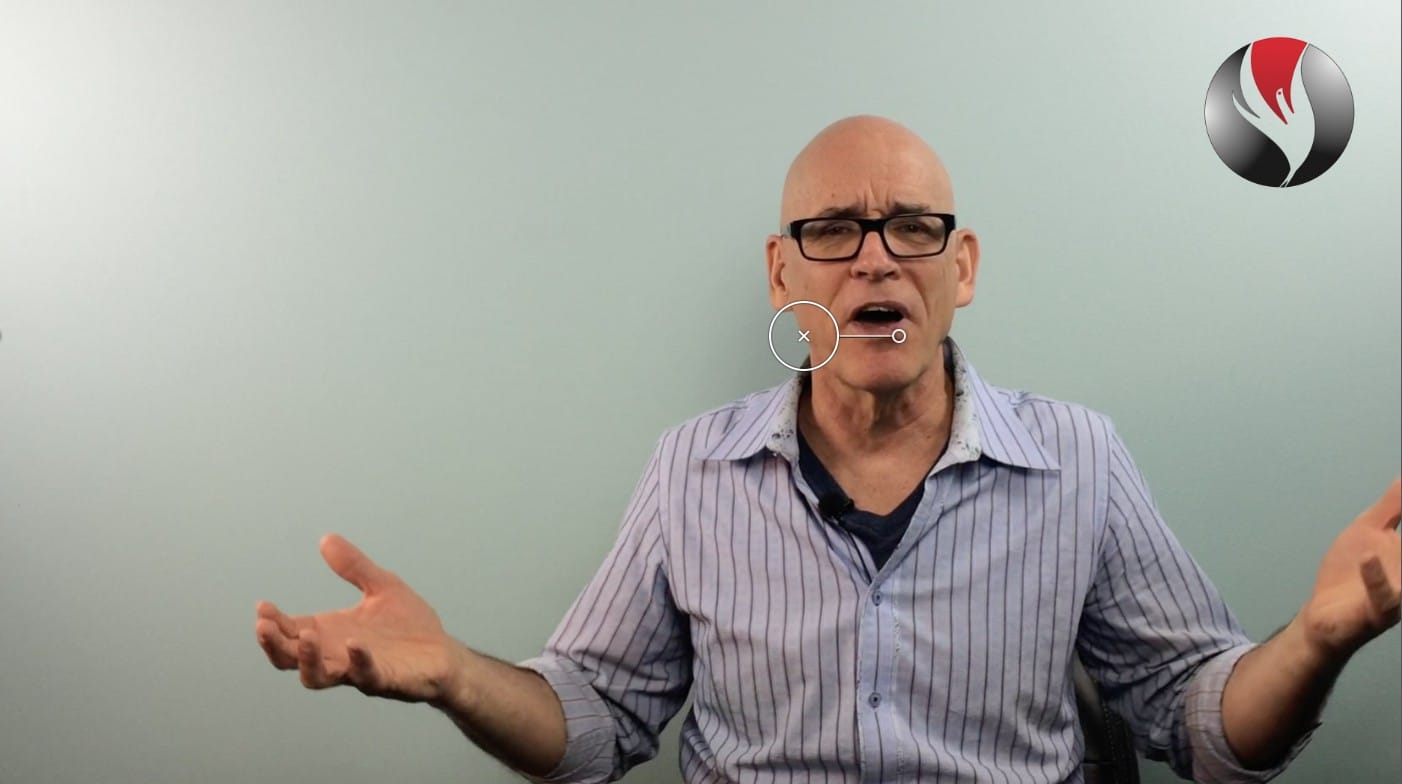

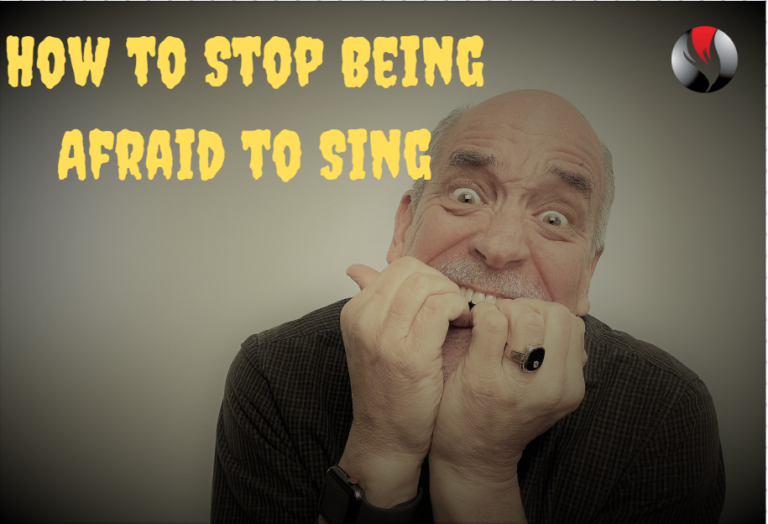
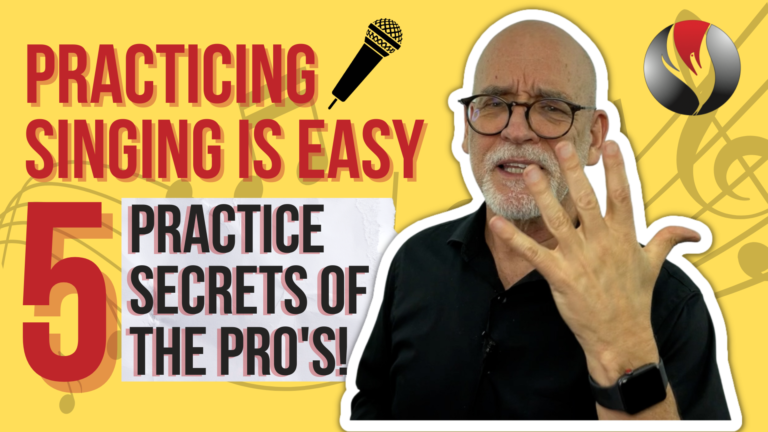
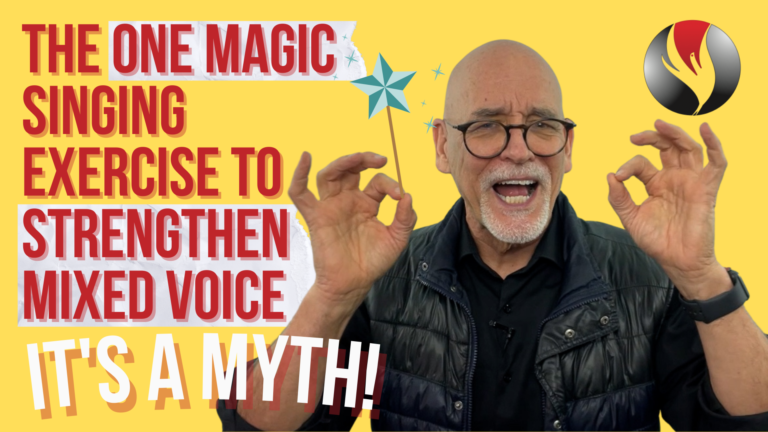
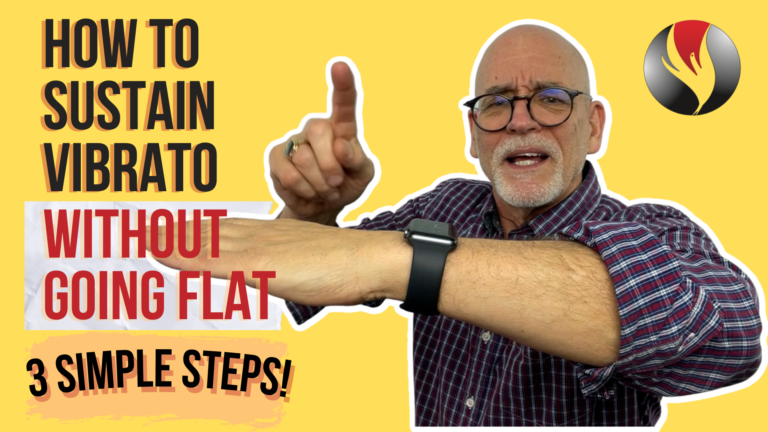
Responses
Hi Michael: Actually, I think everyone has vibrato, but because they have too much tension, or other vocal issues, it can’t get out! I was one of those who had no vibrato. I was told my by first vocal teacher that some are born with it and some are not and that I was not born with it. I didn’t know she was wrong about that until I was 43 years old and learned that I can learn to do vibrato. The process is different for everyone. Essentially it comes to the student through experiencing the feeling of vibrato. This can be as simple as clasping your hands together in front of you at chest level and shaking your hands rigorously as you sustain a comfortable “Oh”. As you sustain the tone while shaking your clasped hands it will create a vibrato type feeling and sound in the voice. Do this several times and feel the vibrato. After repeating this several times, stop shaking your hands but see if you can continue the same feeling of vibrato as you continue to hold the note. It’s like you get it started with the shaking, and then see if the voice can continue the vibrato without shaking. It starts the body feeling what it’s like and opens the door to letting the vibrato “out”. There are many other ways to get the vibrato going. That will be a great subject to address in a future video/blog. I hope this helps.
Your PCER concept was interesting! I was wondering–what is the fix to develop the vibrato for someone who doesn’t have it? Why is it that some people have it and the majority don’t?
Thanks!